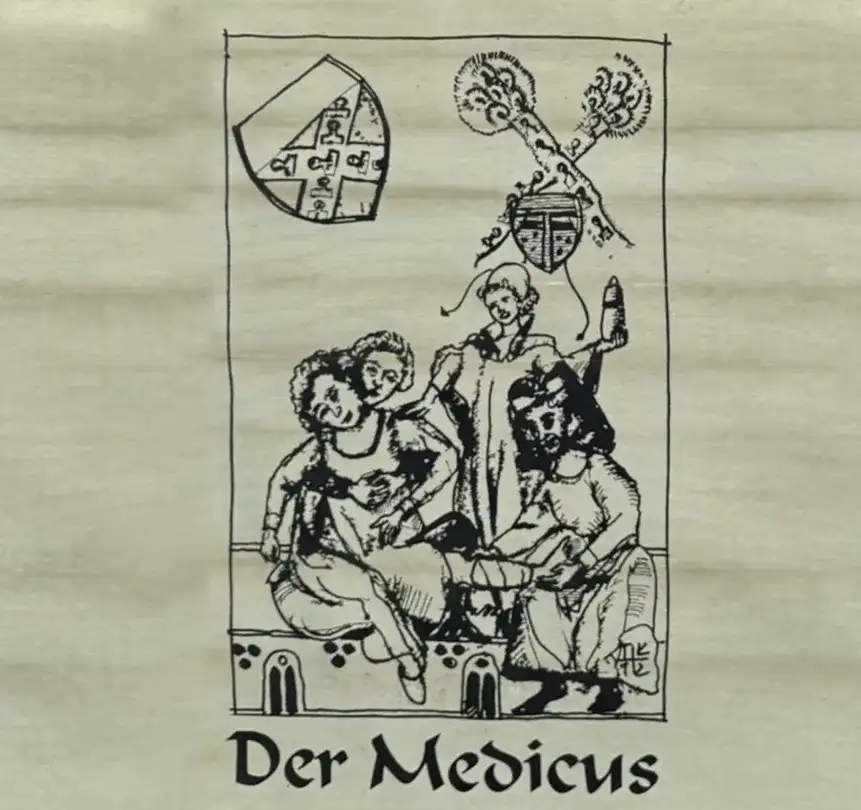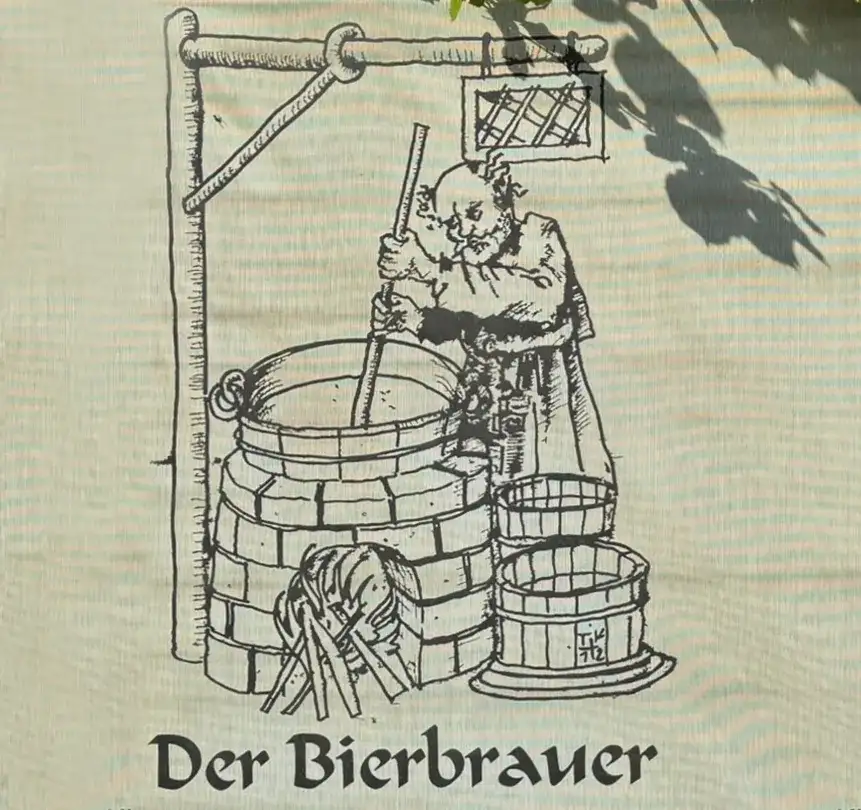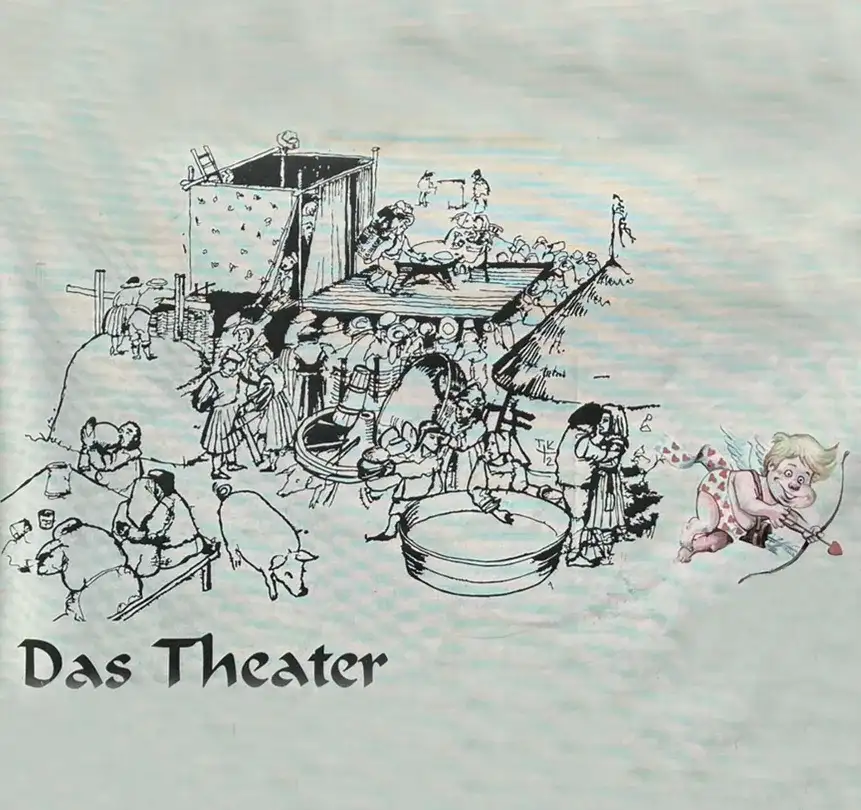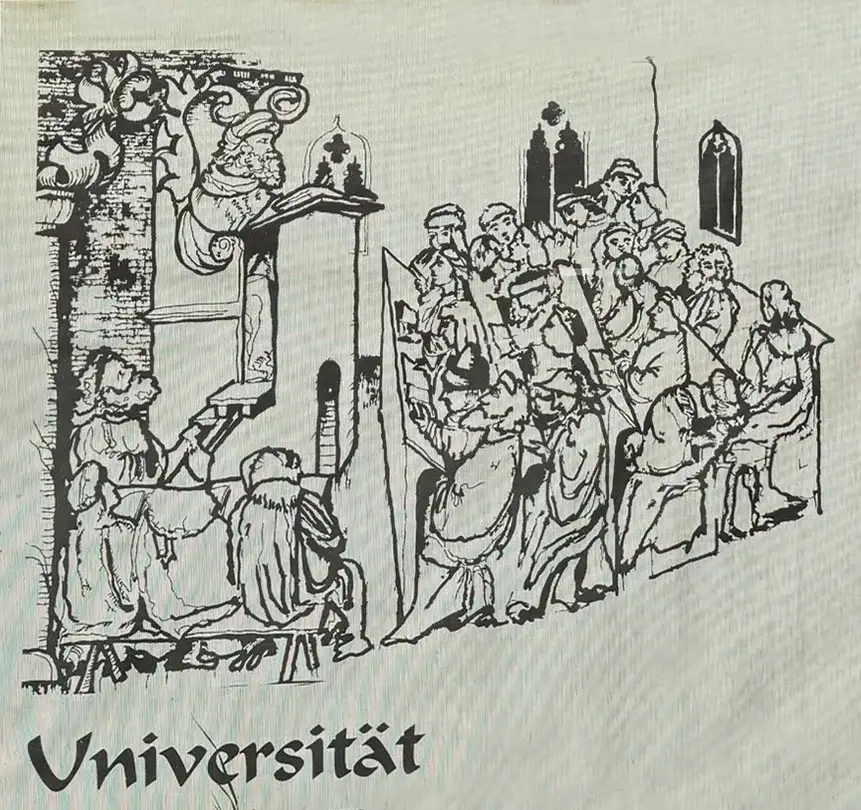Interesting Facts
Medicus (Physician)
In medieval healthcare, he was the most highly respected professional, having studied at a university. For a long time, only nobles and wealthy merchants could afford his services. Others had to turn to bath attendants or barber-surgeons, and in rural areas especially, to knowledgeable women. It was only towards the end of the Middle Ages that towns began hiring physicians who were required to treat all patients, regardless of social standing.
Brewer
Brewing in the Middle Ages developed from monastic breweries. Monks were recognised experts in brewing. Monasteries in Brabant are said to have been the first to use hops, which gave beer its flavour and preservative qualities. Later, brewing became widespread in growing towns and developed into an important trade.
Inn
The first establishments offering hospitality for profit appeared in the 10th century and soon spread widely. By the 14th century, it was common for inns—clearly identified by a name and a sign—to offer food and lodging. There were now different inns for noble travellers on horseback, for carters and mule drivers, and for pedestrians.
Theatre
In the 13th century, religious plays moved from church interiors to churchyards. Latin was replaced by the vernacular. Soon, secular theatre spread to marketplaces and inns across Europe. Satirical portrayals of everyday life and mockery of both church and state authorities became popular themes.
Friesach (Medieval Trading Centre)
In the year 860, King Louis the German granted several estates to the Archbishop of Salzburg, including the manor “ad Friesah”. Thanks to its favourable location, the settlement soon developed into an important trading centre and was first documented as a town in 1215. Friesach was not only an economic hub but also a religious one, with a residence of the Salzburg archbishops and several religious orders. The town remained under Salzburg’s rule until 1803.
University
The university as an independent institution—a community of teachers and students—is a product of medieval Europe. The first institutions in Europe to be called “universities” emerged in the late 11th and 12th centuries, evolving from earlier schools in Italy, France, and England. Their aim was to impart knowledge in the Seven Liberal Arts (grammar, rhetoric, dialectic, arithmetic, geometry, astronomy, and music), as well as in law, medicine, and especially theology.




